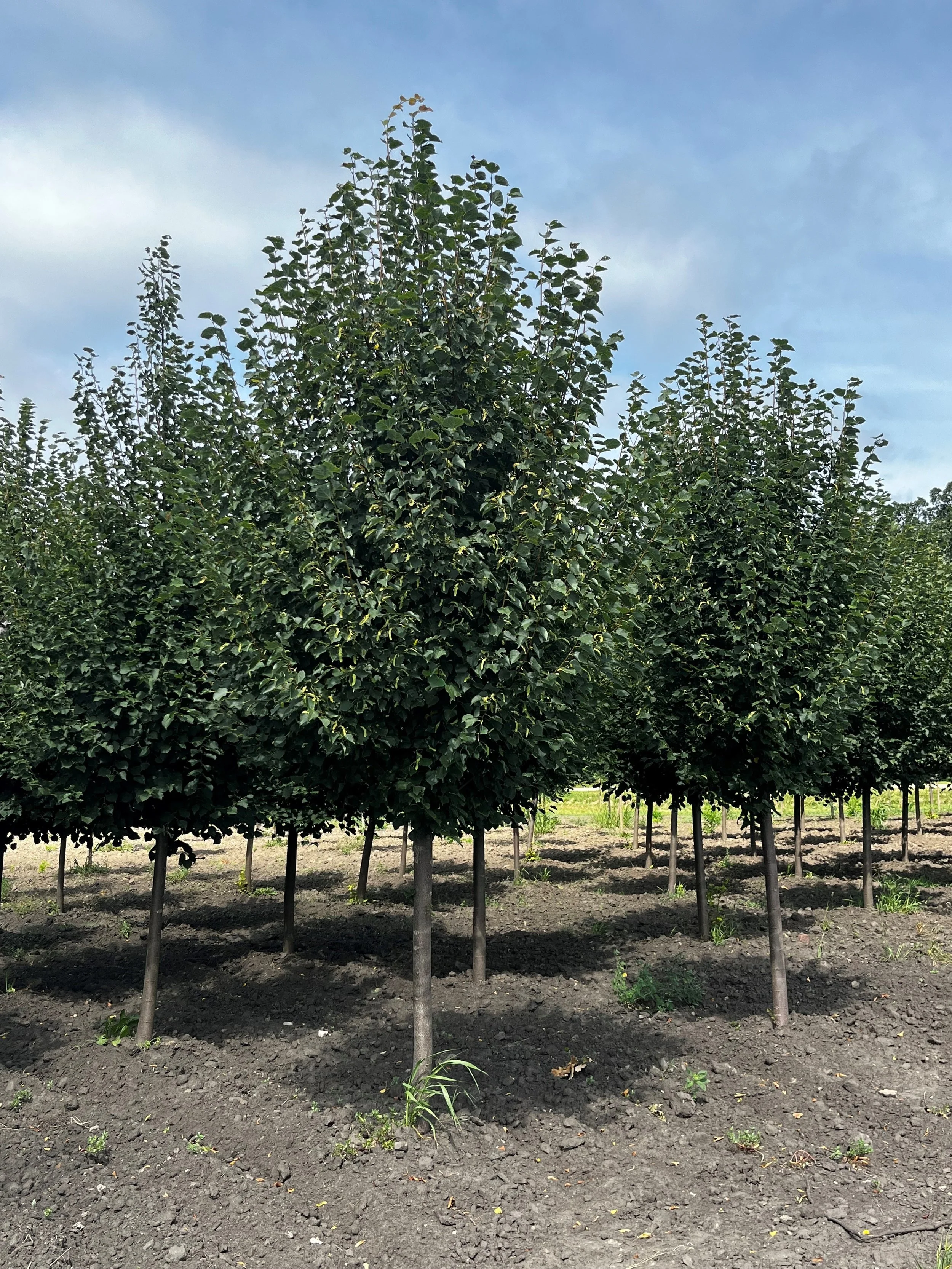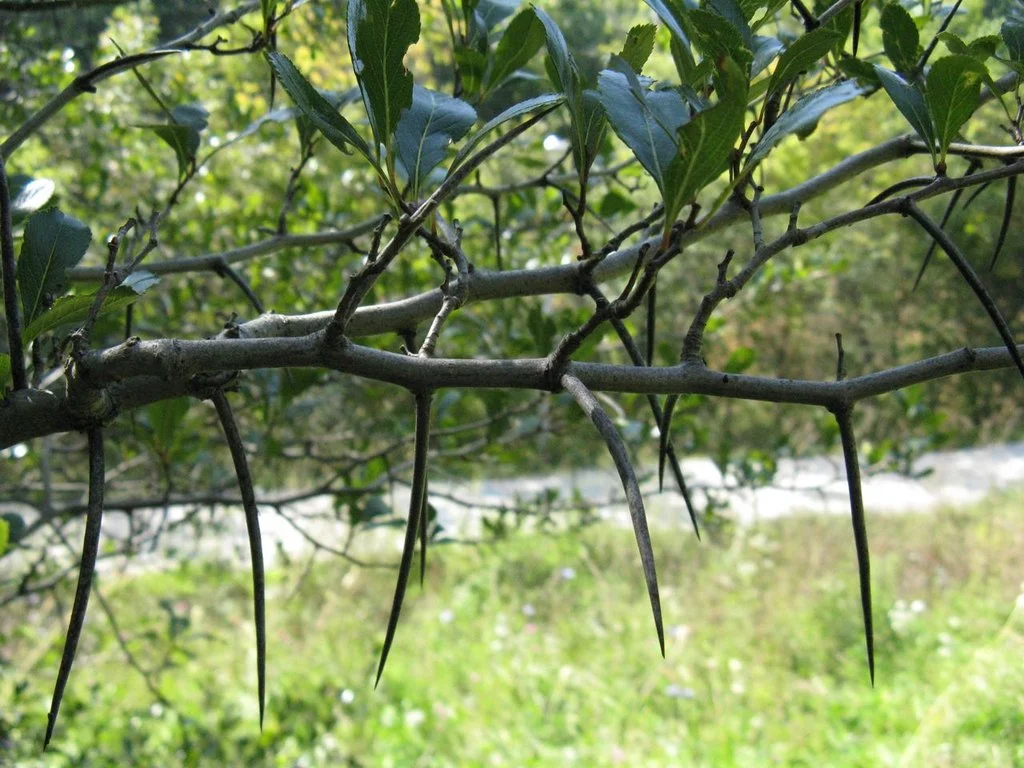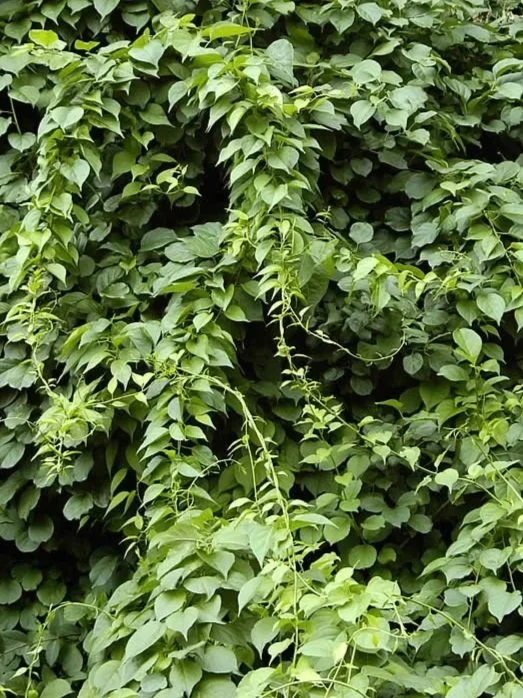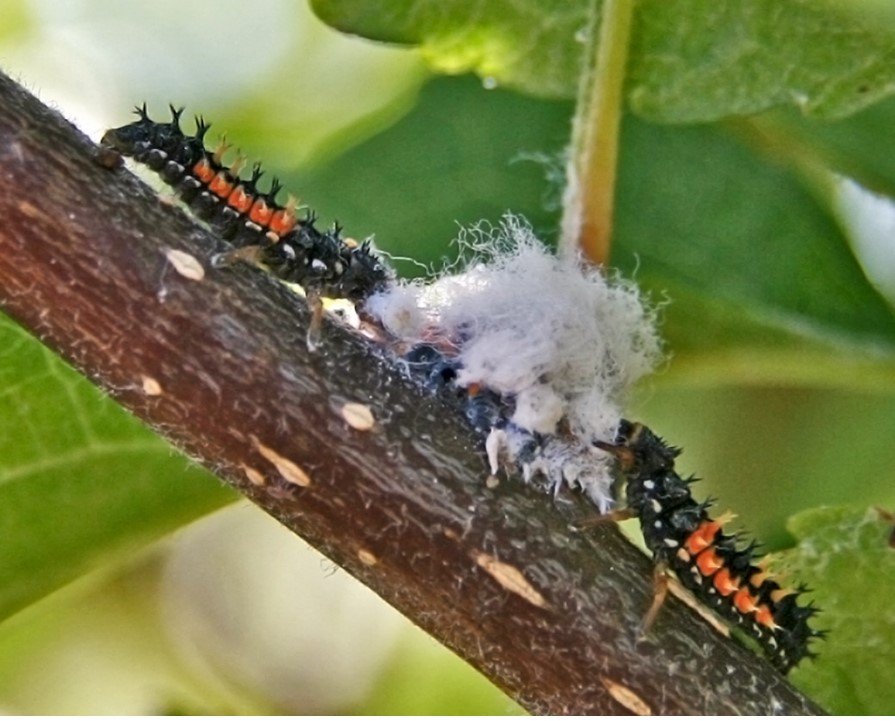Pruning VS Shearing
Shaping Your Shrubs: Pruning or Shearing?
Keeping your shrubs tidy isn't just about a quick trim. Understanding the difference between pruning and shearing is key to making sure your plants not only look good but stay healthy too. Let's break down these methods to figure out which is best for your greenery.
Pruning vs. Shearing: What's the Difference?
Although they might seem similar, pruning and shearing are quite different when it comes to caring for your shrubs.
Pruning is all about carefully cutting branches to help your shrub grow well and keep its natural shape. On the other hand, shearing is mainly about trimming the outside of the shrub to make it look neat, without much consideration for its inner growth or natural shape.
Here's how they differ:
Pruning encourages growth throughout the shrub, keeping its natural shape intact. Shearing, however, only focuses on the outer parts, making the shrub look artificial and preventing healthy growth inside.
Pruning respects the plant's natural form, while shearing forces it to look a certain way, which might not suit its original shape.
When you prune, you have more control over the size of the shrub. Shearing doesn't give you as much control, and you might end up with a shrub that's too big for its space.
Choosing the Right Method: Shearing or Pruning?
Deciding between shearing and pruning depends on what you want for your landscape and your shrubs.
Shearing works well for formal gardens where a tidy appearance is essential. But in more natural settings, sheared shrubs might look out of place and need more frequent trimming to maintain their shape.
On the other hand, pruning is a more flexible and sustainable option. By working with the plant's natural growth patterns, pruning creates a timeless look that fits in anywhere. Plus, pruned shrubs need less maintenance and can handle different weather conditions better.
The Downsides of Shearing: Things to Consider
While shearing might give your shrubs an instant makeover, it can also cause problems in the long run.
Too much shearing can make the outside of the shrub too dense, blocking sunlight from reaching the inner parts. This can lead to those parts turning brown and dying.
Also, shearing often removes new growth, which is essential for keeping the shrub healthy and strong. By focusing only on the outside, shearing neglects the inside, which can weaken the shrub over time.
Embracing the Art of Pruning: A Smart Choice
Although pruning might take a bit more time, effort and training, it's worth it for the benefits it brings. By carefully shaping your shrubs to work with their natural growth, pruning helps them thrive with minimal intervention.
In the end, trimming your shrubs isn't just about making them look good; it's about helping them stay healthy too. Choosing to prune instead of shear ensures your greenery remains vibrant and beautiful for years to come.
Scroll Down for Spanish Version - Desplázate hacia abajo para la versión en Español
〰️
Scroll Down for Spanish Version - Desplázate hacia abajo para la versión en Español 〰️
Dar Forma a tus Arbustos: ¿Podar o Recortar?
Mantener tus arbustos ordenados no se trata solo de un rápido recorte. Comprender la diferencia entre podar y recortar es clave para asegurarte de que tus plantas no solo luzcan bien, sino que también se mantengan saludables. Veamos detalladamente estos métodos para descubrir cuál es el mejor para tu vegetación.
¿Podar vs. Recortar?: ¿Cuál es la Diferencia?
Aunque puedan parecer similares, podar y recortar son bastante diferentes cuando se trata de cuidar tus arbustos.
Podar se trata de cortar cuidadosamente ramas para ayudar a que tu arbusto crezca bien y mantenga su forma natural. Por otro lado, recortar se enfoca principalmente en cortar la parte exterior del arbusto para que luzca ordenado, sin mucha consideración por su crecimiento interior o forma natural.
Así es como difieren:
La poda fomenta el crecimiento en todo el arbusto, manteniendo su forma natural intacta. Por otro lado, el recorte solo se centra en las partes exteriores, haciendo que el arbusto parezca artificial y evitando un crecimiento saludable en su interior.
La poda respeta la forma natural de la planta, mientras que el recorte la obliga a lucir de cierta manera, lo que podría no adaptarse a su forma original.
Cuando podas, tienes más control sobre el tamaño del arbusto. El recorte no te da tanto control y podrías terminar con un arbusto que sea demasiado grande para su espacio.
Elegir el Método Correcto: ¿Recortar o Podar?
Decidir entre recortar y podar depende de lo que desees para tu paisaje y tus arbustos.
El recorte funciona bien para jardines formales donde una apariencia ordenada es esencial. Pero en entornos más naturales, los arbustos recortados podrían parecer fuera de lugar y necesitar recortes más frecuentes para mantener su forma.
Por otro lado, la poda es una opción más flexible y sostenible. Al trabajar con los patrones naturales de crecimiento de la planta, la poda crea un aspecto atemporal que encaja en cualquier lugar. Además, los arbustos podados necesitan menos mantenimiento y pueden soportar mejor diferentes condiciones climáticas.
Los Inconvenientes del Recorte: Cosas a Considerar
Aunque el recorte podría darle a tus arbustos una transformación instantánea, también puede causar problemas a largo plazo.
Demasiado recorte puede hacer que el exterior del arbusto sea demasiado denso, bloqueando la luz solar de llegar a las partes internas. Esto puede hacer que esas partes se vuelvan marrones y mueran.
Además, el recorte a menudo elimina el nuevo crecimiento, que es esencial para mantener el arbusto saludable y fuerte. Al enfocarse solo en el exterior, el recorte descuida el interior, lo que puede debilitar el arbusto con el tiempo.
Abrazando el Arte de la Poda: Una Elección Inteligente
Aunque la poda podría llevar un poco más de tiempo, esfuerzo y entrenamiento, vale la pena por los beneficios que aporta. Al dar forma cuidadosamente a tus arbustos para trabajar con su crecimiento natural, la poda los ayuda a prosperar con una intervención mínima.
Al final, recortar tus arbustos no se trata solo de hacer que luzcan bien; se trata también de ayudarlos a mantenerse saludables. Elegir podar en lugar de recortar asegura que tu vegetación permanezca vibrante y hermosa durante años.
















